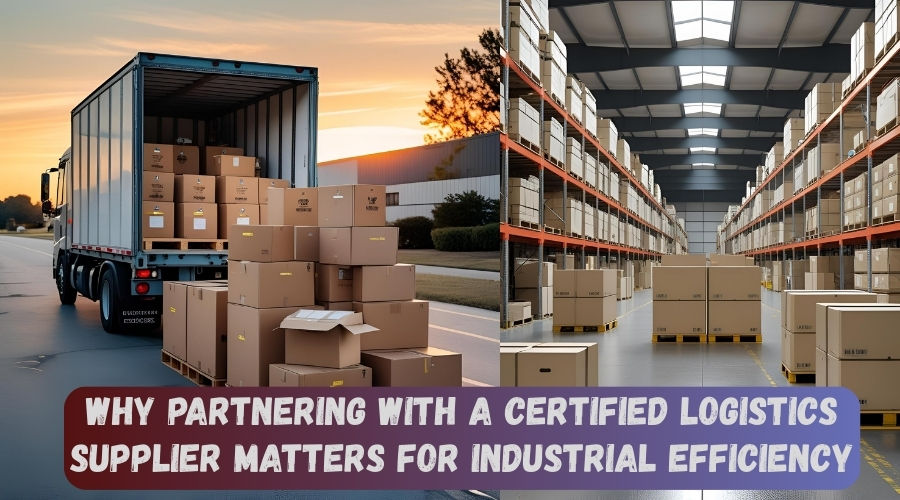Accuracy Meets Efficiency: The Future of Inline Weighing with Modern Checkweighers
- thautomate
- Jul 17
- 4 min read

Table of Contents
Introduction
What Is Inline Weighing?
Why Accuracy and Efficiency Matter in Modern Production
How Modern Checkweighers Work
Key Features of Next-Generation Checkweighers
Benefits Across Industries
Data-Driven Insights: Performance & ROI
Role of Automation and AI in Inline Weighing
Challenges and How Technology Overcomes Them
Future Trends in Checkweighing Technology
Conclusion
Frequently Asked Question (FAQ’s)
1. Introduction
Inline weighing is evolving rapidly, driven by demands for precision, speed, and compliance. Modern checkweighers are now critical in ensuring products meet exact weight specifications while reducing waste and maximizing productivity.
2. What Is Inline Weighing?
Inline weighing is a method of checking product weight in real-time as it moves along a production line. The system uses checkweighers to automatically assess whether items are within an acceptable weight range.
These systems eliminate the need for manual weighing, enabling manufacturers to maintain continuous operations without disruption.
3. Why Accuracy and Efficiency Matter in Modern Production
In industries like food, pharmaceuticals, cosmetics, and logistics, even a minor deviation in weight can lead to major compliance issues. Fines, product recalls, and customer dissatisfaction can severely impact a brand.
According to a 2024 manufacturing study, 89% of quality control managers cite inline weighing as a critical checkpoint in automated packaging lines.
4. How Modern Checkweighers Work
Modern checkweighers integrate conveyor systems, high-precision sensors, and intelligent software. Here’s how the process unfolds:
Products pass over a load cell sensor.
Real-time data is sent to a control unit.
The system decides if the product is within tolerance.
If not, a diverter conveyor removes it from the line.
Checkweighers ensure every unit complies with set weight parameters without slowing down production.
5. Key Features of Next-Generation Checkweighers
a. High-Speed Accuracy
Advanced load cells and digital filters allow weighing up to 600 products per minute with precision levels of ±0.1 grams.
b. Smart Conveyor Integration
Checkweighers now work with merge conveyor systems, diverter conveyors, and magnetic conveyors for seamless line flow and rejection control.
c. Automated Feedback Loops
Systems automatically alert upstream filling machines if the average weight drifts, reducing underfilling or overfilling.
d. Data Logging & Traceability
Built-in software records all weight data for audits, traceability, and regulatory compliance (HACCP, FDA, ISO).
e. AI & Machine Learning Compatibility
Checkweighers with AI adjust their algorithms in real time, adapting to changes in product density or line speed.
6. Benefits Across Industries
Food and Beverage
Ensures portion control, prevents overfilling, and complies with labeling laws.
Pharmaceuticals
Protects product integrity, meets GMP standards, and prevents dosage inconsistencies.
Cosmetics
Maintains consistency in high-value products and packaging lines.
Logistics & Packaging
Works with automated sortation conveyor systems to verify shipment weights for accurate dispatch.
7. Data-Driven Insights: Performance & ROI
A 2023 case study by a leading checkweigher manufacturer showed that installing modern inline weighing systems reduced product giveaway by 12% and improved packaging line speed by 20%.
Return on investment (ROI) was achieved in just 6 months, mainly due to:
Reduced raw material waste
Faster throughput
Fewer rejections and recalls
8. Role of Automation and AI in Inline Weighing
AI-enabled checkweighers don’t just weigh—they learn. They detect patterns, flag inconsistencies, and auto-calibrate without human intervention.
Using predictive analytics, these machines can detect if a packaging filler is beginning to drift and alert maintenance teams before a fault occurs.
AI also supports dynamic weight tolerance adjustment based on SKU, material density, or even ambient temperature conditions.
9. Challenges and How Technology Overcomes Them
Vibration and Line Noise
Modern checkweighers use adaptive digital filters to eliminate vibration errors.
Inconsistent Product Spacing
Merge and diverter conveyor systems ensure even spacing for consistent readings.
Fast Production Speeds
With load cells capable of sub-millisecond reaction times, high-speed lines remain accurate.
10. Future Trends in Checkweighing Technology
Wireless Connectivity
Cloud-based systems will allow remote diagnostics, firmware updates, and performance monitoring.
IoT Integration
Inline weighers will integrate with broader Industry 4.0 ecosystems, including MES and ERP systems.
Modular System Designs
Future checkweighers will support plug-and-play integration with cross belt sorter systems and automated sortation conveyors.
Self-Optimizing Systems
AI-powered checkweighers will predict production anomalies and adapt line performance without manual input.
11. Conclusion
Inline weighing is no longer optional, It’s essential. As production lines grow faster and more complex, businesses must invest in modern checkweighers to ensure compliance, customer satisfaction, and profitability.
Whether you’re in food manufacturing or logistics, today’s checkweighers offer a powerful combination of accuracy, efficiency, and future-ready tech. Choosing the right checkweigher supplier or manufacturer can transform your entire line performance.
12. Frequently Asked Question (FAQ’s)
What is a checkweigher?
A checkweigher is an inline device that weighs products automatically to ensure they fall within a specified weight range.
Which industries use checkweighers the most?
Food, pharmaceuticals, cosmetics, logistics, and packaging are the top users of modern checkweighers.
How do checkweighers ensure efficiency?
They eliminate manual checks, reduce product giveaway, and increase line throughput.
Can checkweighers integrate with other systems?
Yes, advanced models integrate seamlessly with automated sortation conveyor systems, merge conveyors, and ERP software.
What is the average ROI for installing a checkweigher?
Most manufacturers recover their investment within 6–12 months due to reduced waste and higher efficiency.



Comments